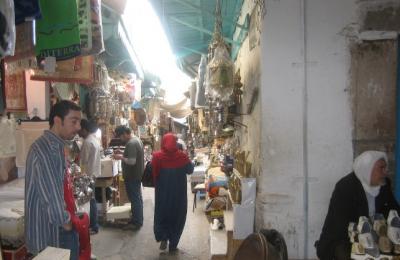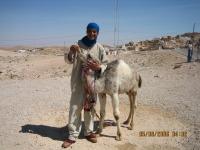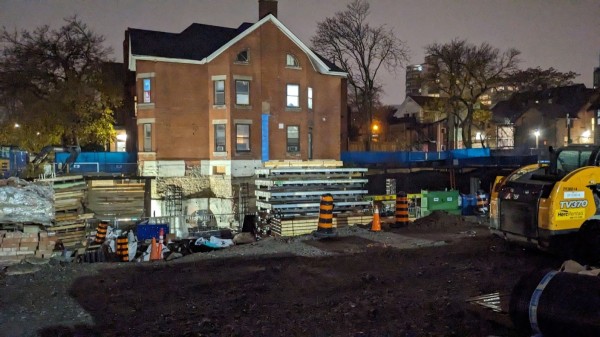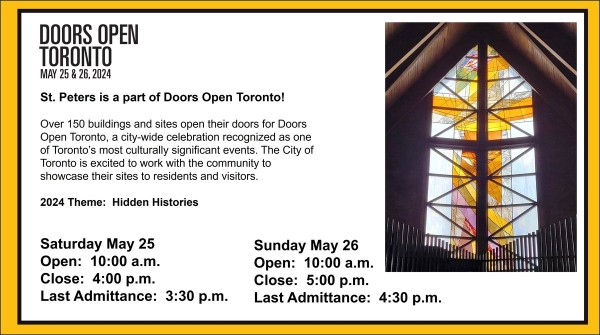A dreamy rapture was on her, which I could not understand; but bye the bye she woke up enough to explain a little.
“You see, this is not a town. It never was one, and never will be. But in the Russian time it was planned for an important city. It has a deep sheltered harbor that never freezes over, and the Russians began to improve it by building a sea-wall and light-house at the harbor entrance. They built a church, too, and laid out these wide streets and a few people built houses here. But then it all stopped.” We came to a low brick wall, with a gate set in it between two columns. We passed through this and across a little grass-plot, through another gate to a neglected garden. At its end was an unfinished, two-story brick house, falling into decay; beside it a narrow passage led into yet another garden enclosed between this house and a smaller one at the further end. These approaches had something of the same elusive quality that had touched me like fog in my face when I stepped off the train. What was it these walls and gardens sheltered so faithfully in their feebleness? Several people were in the garden seated about a table spread beneath an aplle-tree and supporting bowls of currants and gooseberries. From among them, Mrs. Adamson rose and came forward to greet us like an eager girl. She was a dark haired, dark-eyed Prussian lady, who, with her beloved genius of a husband, had lived at one time or another in most of the countries of Europe. At her table, this day, four languages were spoken, flowing into one another, English, German, Estonian, and Russian; and had there been any call for it, they all could have spoken French. I keep commenting upon the many languages spoken here, where they have clung so desperately to their own language, because I felt now, as in talking with Mrs. Hünerson at Elva, that in mastering the language of other people, they had learned fom each country its peculiar thought - its way of life. Their conversation was not confined within the limits of national boundaries - it was truly international speaking and thinking - yet so intensely national! The individual was enlarged by his wide range of thought, not submerged by it. Presently we went to see the dead artist’s studio in the unfinished front house, and found there beauty in the midst of desolation. Unfinished designs in bas-relief, and half-made torsos littered the place. Bits of clay drapery and broken fingers lay about, in the midst of beautiful things: a sleeping baby, a child looking upward, a woman clinging to a rock, the lines of her body flowing in the rhythm of the waves reaching toward her; another, called “The Dying Wave” showing an exhausted maiden, her energy spent, sinking back into formlessness. There was a little sun-filled room adjoining, almost empty except for a couch; and kind Mrs. Adamson fluffed up a pillow and urged me to make myself comfortable there while she attended to her other guests. As I lay back, glad to be quiet, idly watching the others, through the open door, my thoughts, drifting, aimless, drew toward a center of attention: the personality of the artist who had created the forms filling the other room. “I lived and worked here,” he seemed to say - or my mind said, half asleep, attuned to my surroundings. “My hands created these things. Something of my life went into them and clings to them still. I like to revisit them and think those thoughts again. My wife is moving about them - how lovely her body is! I liked to model it - “. The words flowed on and on, like dream memories reflected in the quiet mirror of my mind - memories not my own; but as I tried to analyze them, to determine my part in them, or indeed if anyone else but myself had any part in them, the impressions began to fade, as a faint sound dies in a loud one.... (To be continued)
A Search for a Happy Country
Järjejutt
TRENDING






















